- News
- Reviews
- Bikes
- Components
- Bar tape & grips
- Bottom brackets
- Brake & gear cables
- Brake & STI levers
- Brake pads & spares
- Brakes
- Cassettes & freewheels
- Chains
- Chainsets & chainrings
- Derailleurs - front
- Derailleurs - rear
- Forks
- Gear levers & shifters
- Groupsets
- Handlebars & extensions
- Headsets
- Hubs
- Inner tubes
- Pedals
- Quick releases & skewers
- Saddles
- Seatposts
- Stems
- Wheels
- Tyres
- Tubeless valves
- Accessories
- Accessories - misc
- Computer mounts
- Bags
- Bar ends
- Bike bags & cases
- Bottle cages
- Bottles
- Cameras
- Car racks
- Child seats
- Computers
- Glasses
- GPS units
- Helmets
- Lights - front
- Lights - rear
- Lights - sets
- Locks
- Mirrors
- Mudguards
- Racks
- Pumps & CO2 inflators
- Puncture kits
- Reflectives
- Smart watches
- Stands and racks
- Trailers
- Clothing
- Health, fitness and nutrition
- Tools and workshop
- Miscellaneous
- Buyers Guides
- Features
- Forum
- Recommends
- Podcast
feature
 Where cycling products go to die Dec 2021
Where cycling products go to die Dec 2021Where cycling products go to die: bright bike tech that has failed to catch on
Hydraulic disc brakes, gravel bikes and short nosed saddles have all been generally accepted* by roadies. We’ve seen a lot of interesting products over the years being loudly shouted about before disappearing – only to brought back by yet another ‘innovative’ brand. Here’s our round up of cycling product categories that seem to pop up every few years, but never really succeed…
The products may well be examples of exciting and inventive technologies, but generally either lots more development is needed – or it’s just catering to a need no one really had. The end result of a failure to catch on is consequence, either way.
*Let’s be real, it’s obviously hard to please all of you lot.
Hydraulic rim brakes for road bikes
Hydraulic rim brakes have sort of been around in cycling for a long time. During the 90s, before disc brakes had become widespread in mountain biking, Magura was successful with its HS33 line of hydraulic rim brakes, for example. Fast forward to 2012, Cervélo specced Magura’s RT8 TT hydraulic rim brakes on their P5 time trial bike and Team Garmin-Sharp riders used the same brakes on their road bikes on many occasions.
While Magura’s hydraulic rim option has stuck around, providing low maintenance and incredible stopping power of a hydraulic brake system that’s retro-fittable to most bikes, SRAM’s version did not take off.
Perhaps it was the timing of the launch? SRAM revealed its hydraulic disc and rim brake options together in 2013, with the release of two new groupsets, Red 22 and Force 22.
But why go with both disc and rim? We spoke to SRAM’s Product Manager Paul Kantor at the time, who said: “There are millions of bikes in the market that have single-bolt caliper brakes. The rim brake allows someone to take their two year old Colnago and bolt on some new technology and move things forward, so that serves the existing customer.
> First Ride: SRAM Red 22
“We really like the way the rim brakes ride and we’re all about choice too. We like to put a couple of good options out there to allow the customer to choose what they want.
“We may find eventually that hydraulic rim brakes do win out over hydraulic disc brakes, although I don’t think that’s going to be the case. I don’t think that discs will kill the rim brake, I think we’ll see the two options, but I do think that mechanical cable-operated brakes will go away.”
Loads of top-end road bikes launched over the past few years are disc brake only – while a look to the lower tier road and gravel bikes shows plenty of mechanical disc brakes still around.
Carbon spokes without nipples
From the iconic Spinergy wheels of the 90s to the more recent Spengle tri spokes developed in the mid 2010s, carbon spokes without nipples have been tried many times but have yet to see widespread adoption anywhere but the track.
There’s a number of reasons for this, in the case of Spinergy Rev-X, that was mainly down to the particularly sharp edges of the carbon blades and the fact that they could supposedly explode at any moment. For Spengle, although the idea was great in obviating the need to adjust spoke tension and making tubeless installation easier without having to worry about rim tape over spoke holes, the combination of price and weight made them more a curiosity than an object of desire.
> Review: Spengle Adventure 650B Gravel wheelset
It’s not an idea that’s being given up, though. Over in the flat-bar world, Nino Schurter has taken many victories on Syncros Silverton SL carbon spoked wheels – they are monocoque but from a distance they look like traditional spokes. Back on the road side of things, there’s Black Inc’s five-spoked wheel that was teased at this year’s Tour de France.
But given that this is all remaining in a very exclusive and small circle, we think it’s still fair to put this in the pile of things that haven’t caught on in the greater cycling world.
Alternative pedal solutions
Instead of using a mechanical spring and clip to hold your shoe and pedal together in place Magped's and J-Pedals' take on the clipless pedal utilises the power of magnets.
The main idea behind magnetic pedals is that they give you the ability to engage and exit quickly and safely. They only require an ankle movement that, according to J-Pedals, is much more intuitive and natural than traditional clipless pedals.
The concern is that the connection is not so secure for those who do like to thrash about with an attacking, aggressive riding style, chucking in sprints up short, sharp hills and to the town signs, of course. That said, the magnetics pedal could work as a useful training tool though for experienced riders looking to smooth out their pedal stroke.
Perhaps the issue why this new type of clipless pedal hasn’t really taken off is that, so far, the pedals are priced quite high for its main target audience, who are people just getting into cycling.
There have been attempts to offer a third type of pedal solution for those that don’t want to be locked into pedals as securely as a clipless system holds, but do want a more secure connection than a standard platform pedal can provide.
Klein Designs’ honeycomb patterned pedal and sole, for example, is designed to create a connection that allows the rider to easily attach and detach, as well as adjust their foot position on the go.
It does mean that pedal and shoe need to be used together as a system, though. With this, perhaps connection issues could arise as the sole wears over time, so the lack of mention of replaceable soles is a concern. Anyhow, you lot weren’t convinced; it failed to reach its Kickstarter goal of £26,218 with only £7,701 pledged.
Cycling indicators
Oh yes, we’ve seen many indicators for cyclists, but do we really need them? The history of indicators for bikes suggests demand isn't high.
Indicators are not necessarily intended for those of us who have been riding on the road for years and are confident about explaining our intentions to those around us. However, for those who are new to the roads or riding in the dark, they could really help. But they’ve never caught on.
Miffed that the BBC’s Dragons’ Den offered £45,000 of funding to CYCL for their Winglights indicators in 2017, John Stevenson ran through a brief history of the product category: “Back in 2009 we reviewed Bicygnals, which put indicators on both the front and rear of your bike. We weren’t impressed and since then the product has vanished without trace.
“We also looked at Winkku that year, which combined an indicator with a mirror. It’s also long gone.
“Then there was Spooklight, which provided indicators and a brake like triggered by an accelerometer. Shaun Audane called it “little more than a gimmick for the ipod age”.
“But indicators for cycling just keep popping up. In 2013 we reviewed Scute Design Lumin8a gloves. We were even quite kind about them. Scute Design folded in 2015.”
That’s not stopped other brands making attempts to bring cycling indicators to market. Again in 2020, Indik8a’s offering was declared one of the best solutions we have seen - they're simple to use, noticeable and have neat little touches like vibrating to let you know they are flashing.
An issue with quite a lot of earlier cycling indicator options was that they’re attached to the bike, normally either side of a front or rear light. A bike isn't that wide, so unless you're very close it's difficult to see which direction is being indicated – plus the rider still needs to hand signal anyway.
Scute Design, Useeme and Indik8a have all put indicators on the wrists which does away with all of those issues - they’re a pretty decent idea as an addition to the simple hand signal. While more recent options are fairly well-developed ideas they’ve still not been widely adopted. It’ll be interesting to see if the latest arrivals follow the same fatal trajectory as previous attempts.
Solid road bike tyres
Puncture-proof tyres sound pretty great, right? The main USP of solid tyres is the lack of maintenance needed, and commuter bikes might be their obvious home.
Tannus presented its first solid bike tyre in 2004, claiming them to be a real alternative for those who don't want to worry about flats. In 2017, we got the Aither 1.1s in for review. While their grip is impressive, they’re frustratingly slow and difficult to fit, and basically not really viable for most road cyclists. Jack Sexty summed up: “In my experience though, they still have a long way to go before they can even come close to the comfort and speed of a clincher, tubular or tubeless tyre.”
While solid tyres have never really caught on for roadies, a new airless metal invention using tech straight from NASA's labs consign punctures to history perhaps might? The start-up SMART Tire Company says its new METL bicycle tyre uses the same airless shape memory (SMA) tyre technology that NASA invented for use in outer space on Mars Rover missions, and "still rides smooth” despite being made of a light and flexible metal. It’s expected to be available from 2022, so we’ll have to see if it really does mix things up.
These aren't the first airless tyres and probably won't be the last, with automotive tyre firm Bridgestone being another one of the more notable companies to reveal a concept. Bridgestone said it intended to start selling the tyres in 2019 when we published our article in 2017; although to our knowledge, that never materialised.
Saddles that aren’t more or less flat…
Saddles are being constantly improved to provide more comfort so you’re able to ride for longer pain-free. Cut outs have become a really popular and effective method for relieving pressure in sensitive areas, but sticking what at first sight appears to be a medieval torture device for some reason hasn’t.
Essax brought out the Shark saddle which has an unmissable 'fin' at the rear. The whole idea is that it’ll improve your power, decrease rotation and promote correct posture when riding.
The fin protrudes 40mm from the saddle and is positioned as such to let you know when you are not sitting correctly, essentially by making its presence known in your backside.
While it certainly did force reviewer George Hill to re-evaluate the way he was sitting on his bike to avoid 'discomfort', and although it did have the effect of making him stay in the saddle for longer, it’s a product for those with total dedication to improving their posture. This saddle is not for somebody who is always looking to improve, but may not want the negative reinforcement and feedback that this saddle brings, so it’s no surprise really that most of us went nahhh…
Head up display sunglasses
Wearable smart tech used on cycling glasses has popped up every so often, but not with much success so far.
The idea behind Head Up display sunglasses is that you can view performance ride data in real-time right in front of your eye and so there’s no need to look down at your handlebars. This different approach to the humble cycle computer does work, but there have been recurring noticeable issues so far - bulk, battery life and price.
Everysight’s Raptor glasses, for example, weigh 101g which is about three times as much as most top-end glasses and come with a £699 price tag. Recon’s Jet Blacks also weigh a lot more than we’re used to – 86g – and at £359.99 the price is still high.
This may all finally be changing though, as Engo Eyewear’s recent release is made with polyamide using 3D print technology, which has enabled the brand to make a lighter weight package, coming in at a respectably light 42g. The introductory price offer of $397 (~£290) makes the technology a little more accessible too.
New aero kit that can only be bought if you prove your average speed is fast enough to reap the aero benefits…
We’re all now familiar with clothing brands heading to the wind tunnel to collect some stats on how fast its latest aero offering. Le Col, for example, developed its Aero Speedsuit with McLaren’s aerodynamicists and it’s claimed to have tested 32 seconds faster than World Tour-leading speedsuits over 40km at 300w. Sweet, you now have a target to sit at if you want to reap the benefits, but one startup took this a step further.
Go Faster attempted to interest riders with a new model for buying cycling kit that it claimed psychologically makes riders go faster, but its approach that kit can only be unlocked if you’re ‘good enough’ did not go down well at all. So much so that the brand promptly cancelled the whole thing after learning that the wider cycling community was not supportive of its approach.
The concept was that cyclists have to improve their average speed to be able to buy its higher level aero-optimised gear; riding for a distance of 10km or more at 26km/h (16mph) average speed “unlocks” the Level 1 jersey, and 39km/h (24mph) enables you to buy the Level 2 jersey.
With sleeves constructed from 3D textured tightly woven fabric developed in the wind tunnel, Go Faster claims the Level 2 jersey is optimised for speeds above 39km/h, and so it decided it was only going to sell to riders who could prove they could ride at this average speed.
The approach was also based on the idea that if you have earned your kit, then you would be proud to wear it for more than one season, in order to tackle the environmental impact of the “premature disposal of unwanted kit”. While it’s great to see a unique sustainability-driven approach, this was evidently not the best way to tackle it.
Wind noise reducers
If you ever find it hard to hear your riding buddy as you blast it downhill or on a particularly windy day with open fields all around, Cat Ears has its AirStreamz which can be added to your helmet strap to reduce the wind noise for saving the embarrassment of asking your pal to repeat for a third time and then deciding a fourth is too many and having to continue the rest of the conversation as if you did finally hear..
Cat Ears’ AirStreamz supposedly work the same way as the fur in a cat's ear, protecting the ears and breaking up and dampening the wind. Wind noise, according to Cat Ears, depends on speed, riding position, head shape and turbulence, and so the brand says wind noise levels are reduced by 14-16 dBA between 20 and 20k Hz - this is a reduction in sound pressure level of approximately 75%.
The problem it aims to solve is certainly something a lot of us could get on board with. Perhaps it’s just such a small thing, and an unusual product to search for, that barely any of us have come across it. Maybe if it was an add on or an alternative helmet strap from a leading helmet manufacturer it would become more of a thing.
Are there any products that have recently been released that you reckon aren't going to catch on?
Anna has been hooked on bikes ever since her youthful beginnings at Hillingdon Cycle Circuit. As an avid road and track racer, she reached the heady heights of a ProCyclingStats profile before leaving for university. Having now completed an MA in Multimedia Journalism, she’s hoping to add some (more successful) results. Although her greatest wish is for the broader acceptance of wearing funky cycling socks over the top of leg warmers.
Latest Comments
- No Reply 4 hours 47 min ago
Nothing new. Cyclists are public enemy number 1. I was minding my own business yesterday on a very narrow single track lane with passing places. As...
- Hirsute 6 hours 14 min ago
Anyone vomiting whilst driving could have a detrimental effect on others....
- IanGlasgow 7 hours 17 min ago
Indicators for bikes are still with us. The best/least bad I've tried are:...
- IanGlasgow 7 hours 22 min ago
Indicators for bikes are still with us. The best/least bad I've tried are:...
- Terry Hutt 9 hours 16 min ago
I was interested in the EasiCyco backpack until I watched their Kickstarter video. Both their riders' bums rub on the backpack. That's a hard NO...
- redhanded 11 hours 45 min ago
I had 2 bikes stolen from bike shed outside my flat in London last year. They ended up for sale in Russia. A cycling club I'm a member of tweeted...
- Deac 12 hours 46 min ago
I tried the footrest on the way home, it's a great idea, you can keep on the saddle making it easier to get away from the traffic lights, and being...
- ktache 15 hours 40 min ago
Not that they would be as technical, or maybe quite as grippy, but does the skate industry provide any solutions?
- Rendel Harris 16 hours 22 min ago
Sorry to be a killjoy but it doesn't amuse me at all, I hope the idiot gets caught and punished. Putting yourself on the same road as pros...
- willpom @GWRaudax 16 hours 57 min ago
Steve Poulton has just published The Cheltenham Flyer - 10th May https://www.audax.uk/event-details/calendar/13235-cheltenham_new_flyer_200
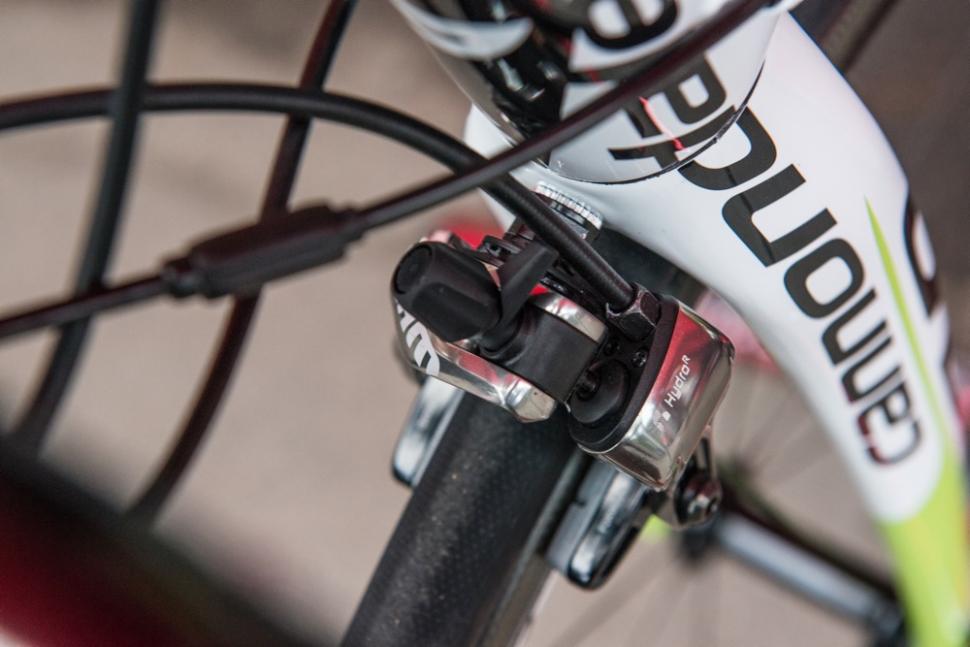
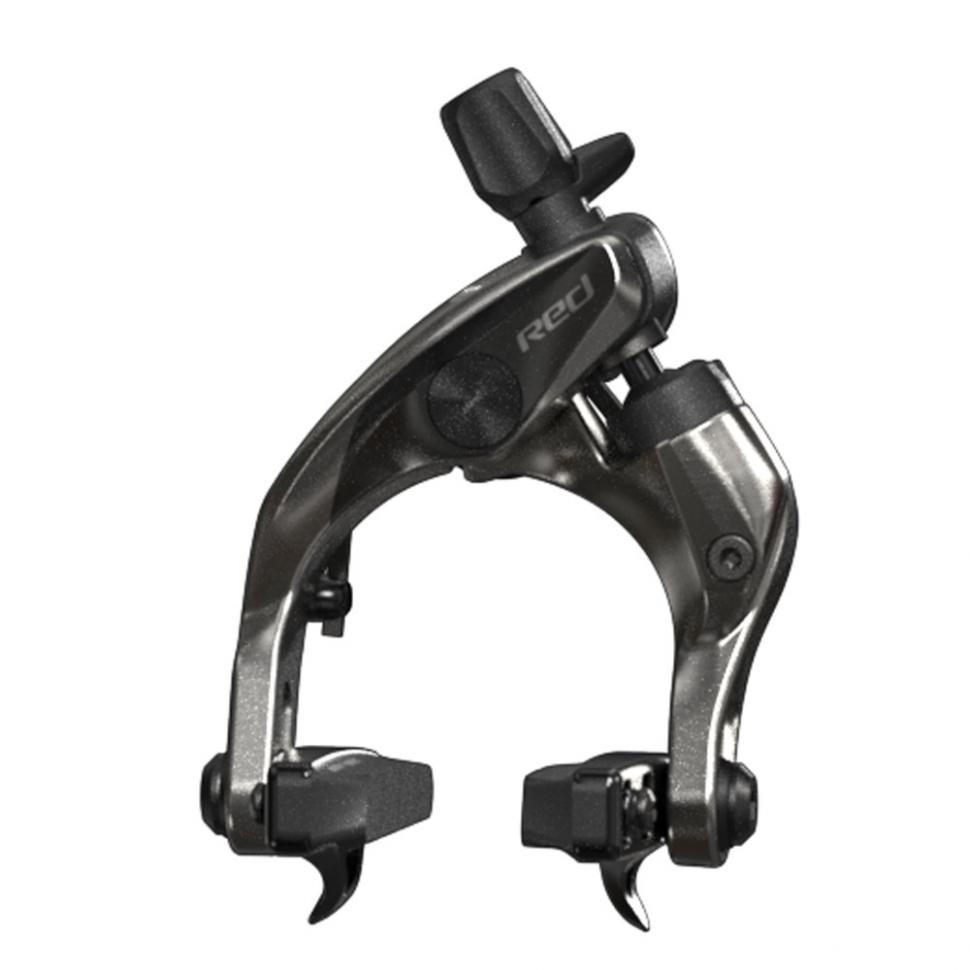
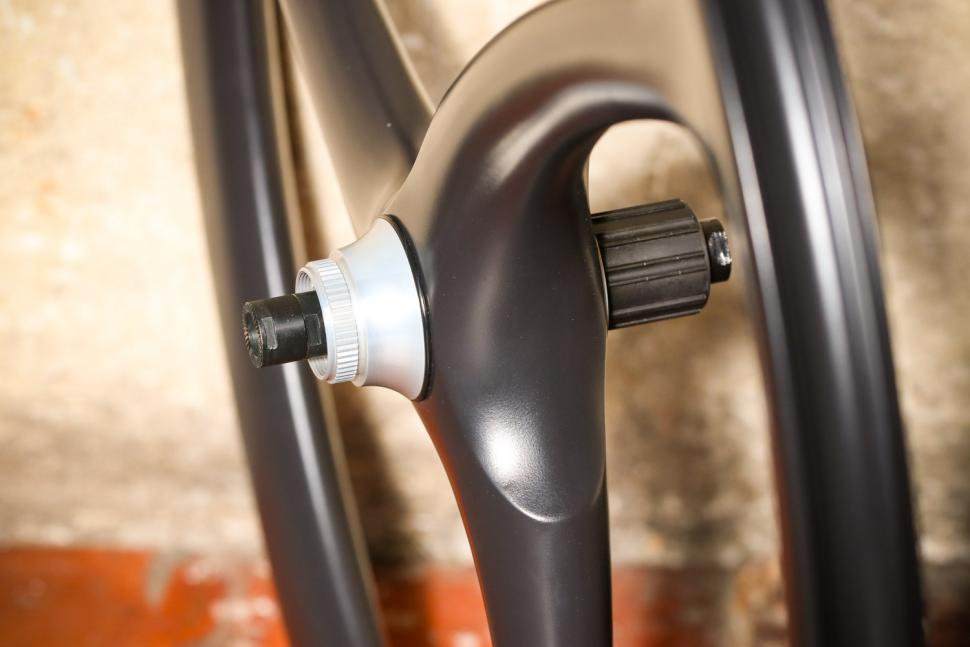

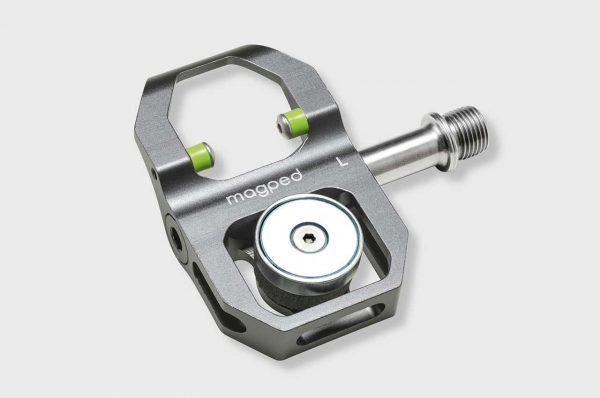
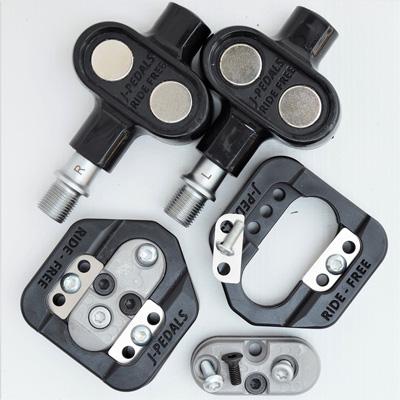
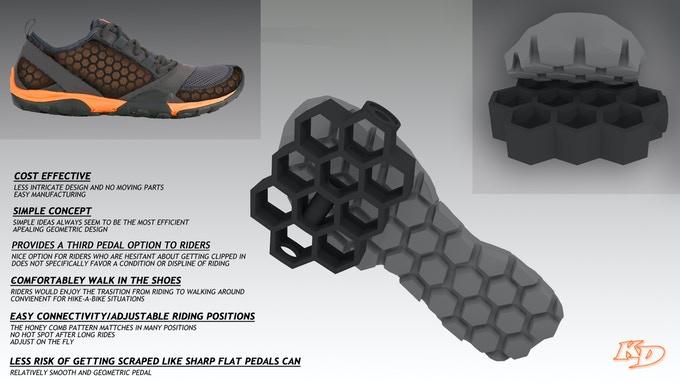
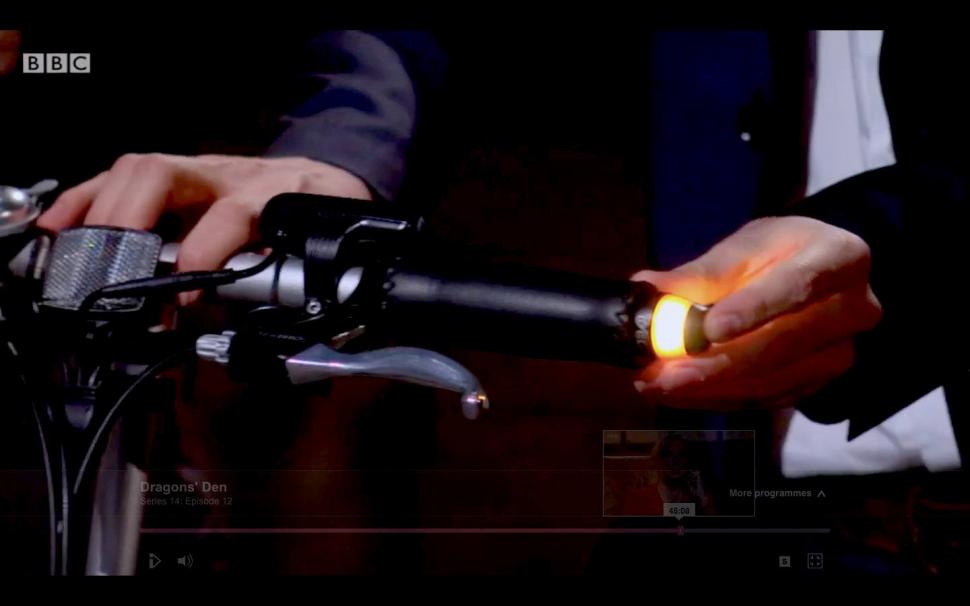
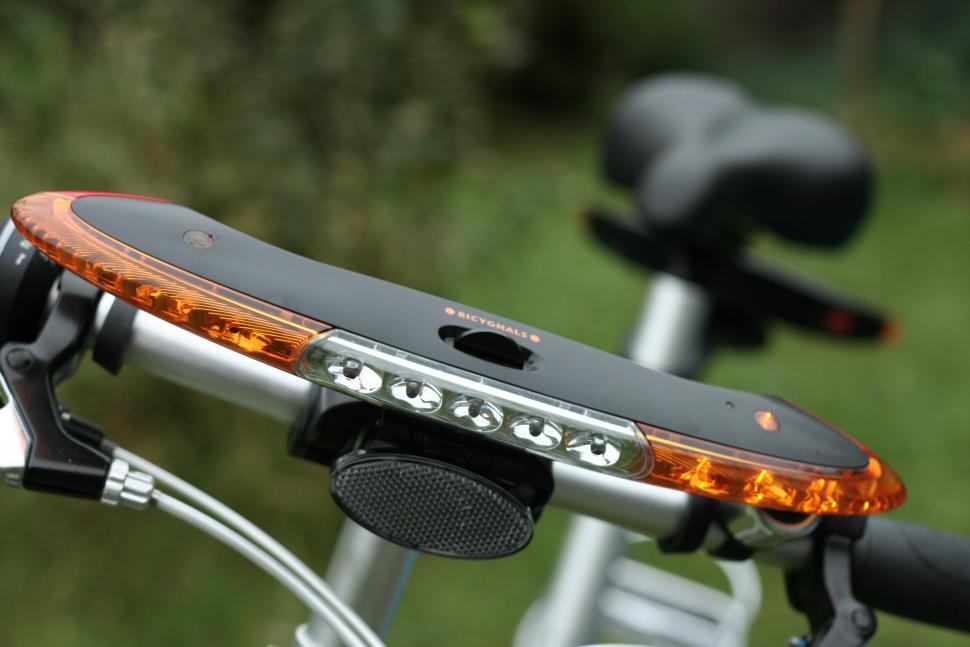
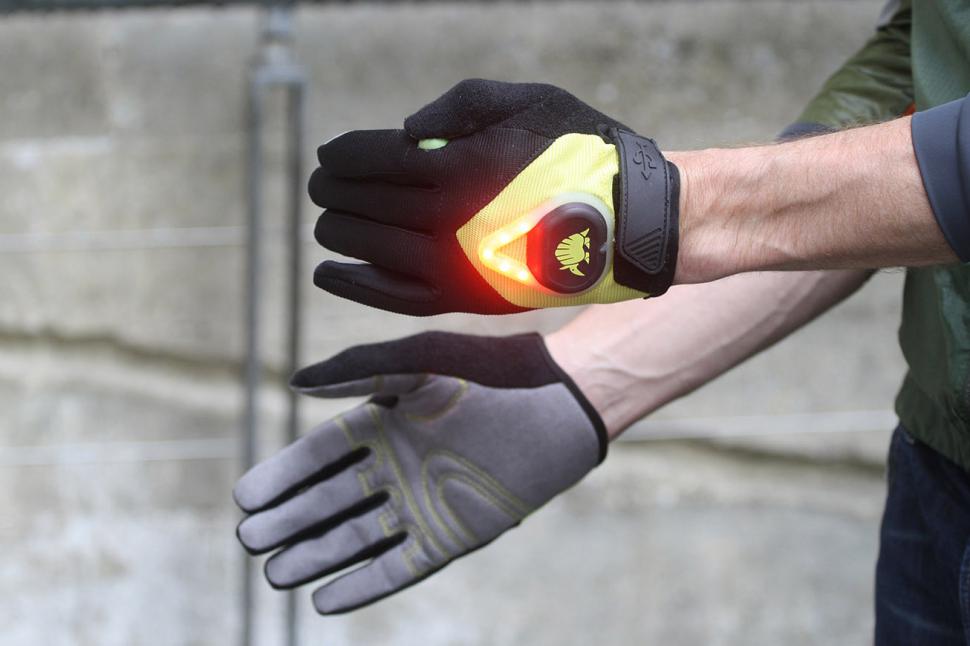
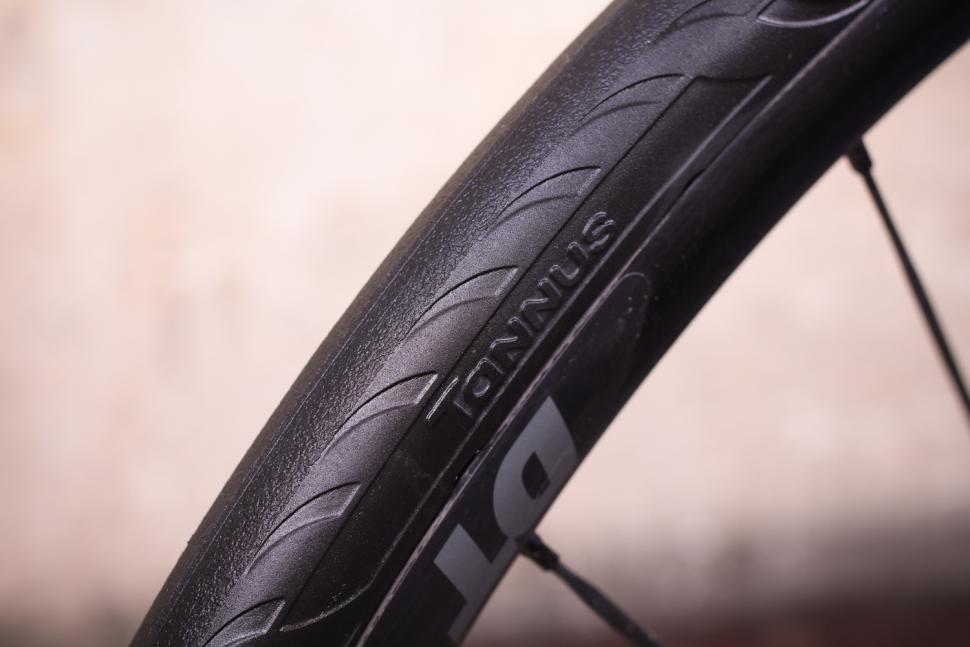
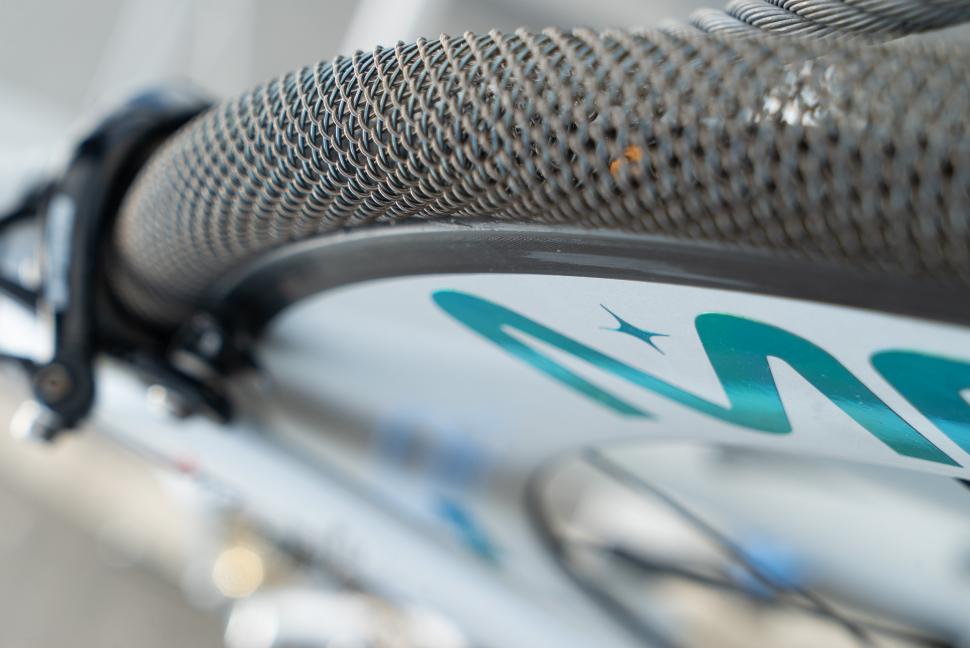
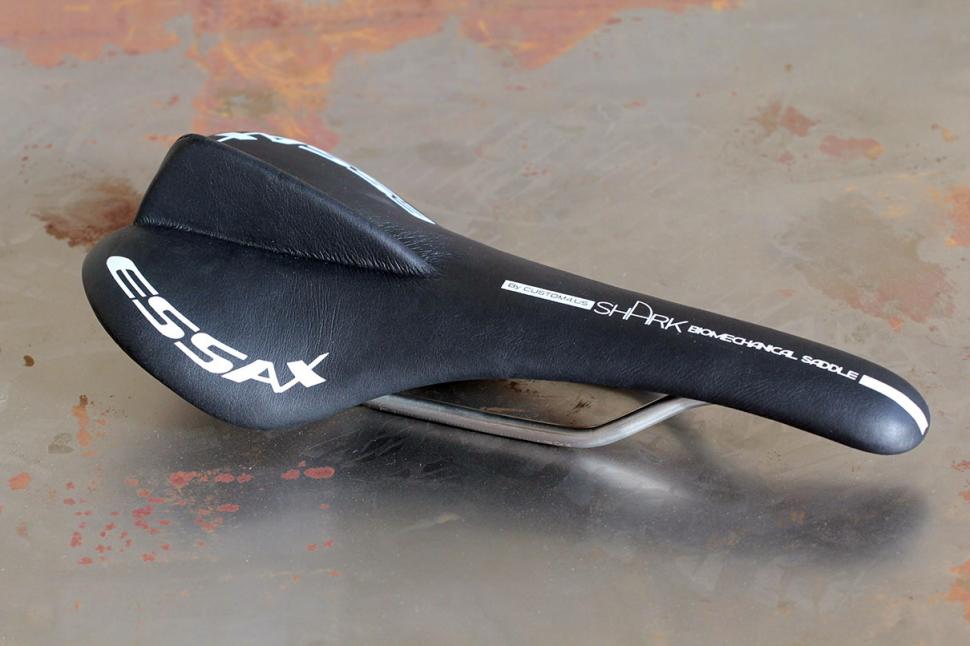
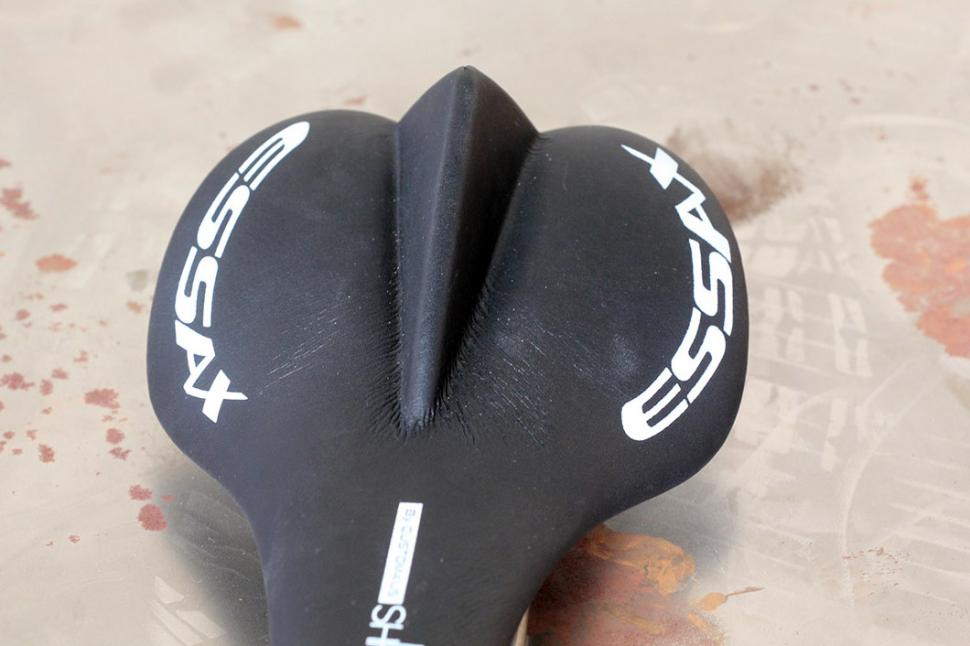


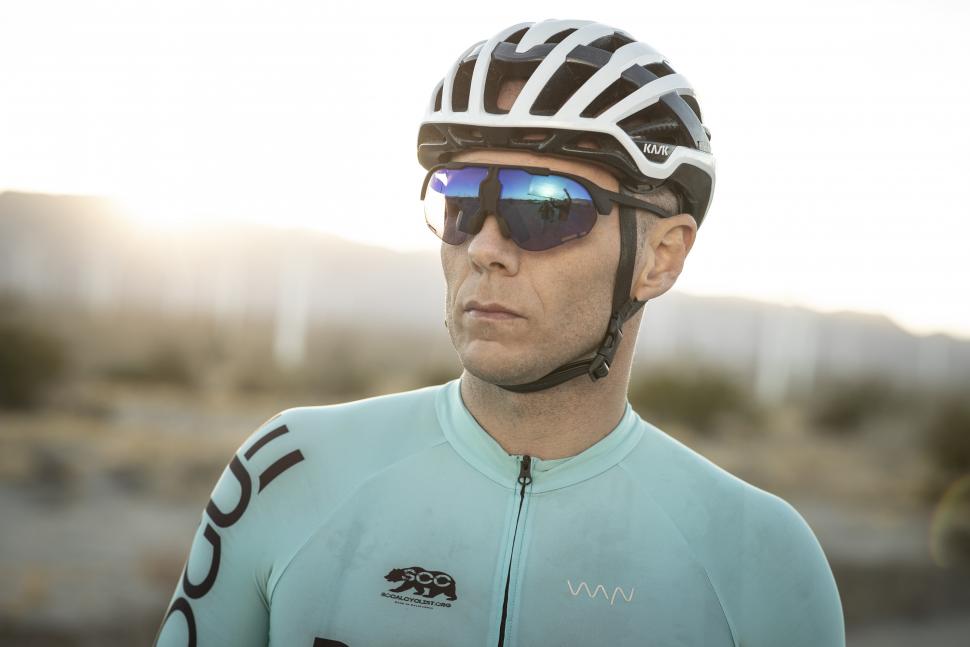
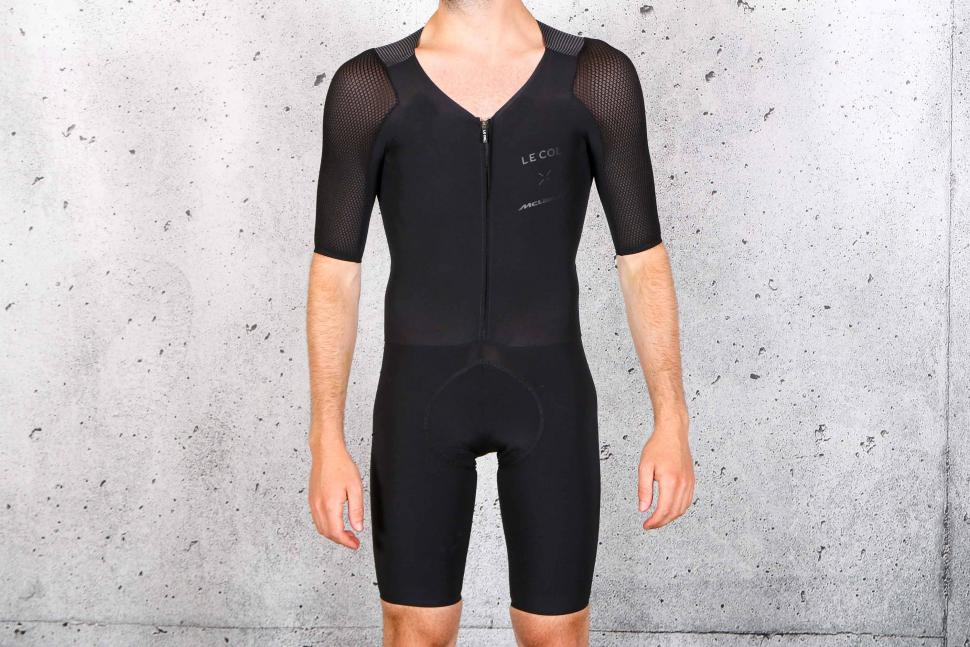
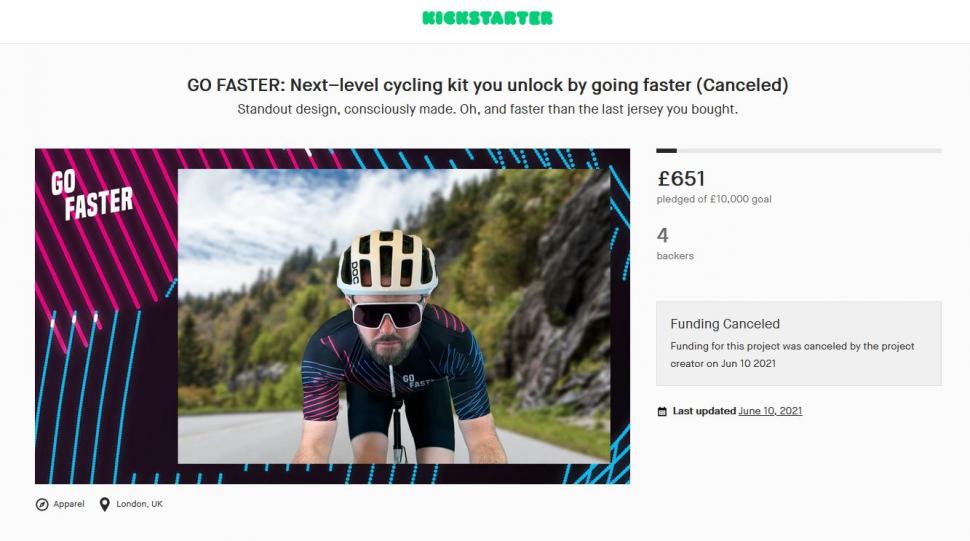

Add new comment
20 comments
Indicators for bikes are still with us. The best/least bad I've tried are:
https://uk.ridelumos.com/collections/firefly (I haven't bothered with their helmet)
and
https://unit1gear.com/pages/smart-light#3
Eben Weiss has run a couple of articles recently about a thing called a SoftRide which was a 'brilliant' idea that never caught on, a couple of decades ago...
https://bikesnobnyc.com/2023/03/07/soft-rides-demand-hard-people/#more-1...
We need to bring back Spinergy! And 3T Bio Quartetto!
When I was a teenager I was so sick of punctures that I resorted to a kind of solid rubbery "tyre" from Halfords. It was awful, the ride nearly shook my teeth out on smooth new tarmac, let alone on the potholes that had caused all my punctures. Hopefully the technology has improved since then...
I use a cat ear. I'm profoundly deaf in the right hand side, and it helps with all round awarness with just the one ear.
Furry Earbags certainly reduce wind noise and make it easier to hear what people are saying to you in a wind. I've lost* mine, but I was always surprised by how well they stayed on my ears when riding.
* Not while cycling:)
I put Tannus tyres on the old mountain bike my wife uses, because (no disrespect to her) she's not going to be fixing a puncture by the side of the road. I also put them on my commuter-style electric bike, because the weight / drag aren't really an issue. Both bikes have front suspension and padded seats so any loss of comfort isn't really noticeable.
Fitting them was a real pain though - the first one took me 3 hours and involved a lot of swearing. Got it down to under an hour each for the last two though.
oh hi!
feeling very seen rn...
I had tannus tyres on my brompton for a couple of years and did about 2,000km on them riding round London. They were so slow, but for the brompton, where a puncture is a massive faff to deal with and most of the time you are trying to ride at a pace that doesn't get you sweaty or ruin your clothes, they really made sense. Being able to ride over anything withough fear of puncturing was brilliant
My main problem with them was that they were a bit sketchy cornering especially in wet conditions. Worse, the sketchiness was inconsistent - sometimes they would grip ok and other times they were like riding on ice, which made riding them a little stressful at times. This got worse as the tyres wore down - they squared off much more dramatically than most tyres do. They were also a lot harsher to ride than even the most puncture protected tyres pumped hard.
Sort out the grip, improve the rolling a little bit, and improve the comfort a bit and they would have been perfect for the brompton. That's quite a lot to improve though.
Wind noise reducers. Jeez, I'm clearly not riding fast enough....
By the look of your portrait, you grow your own!
Precisely my point...
or moonlight as Noddy Holder
Wot?
No emoji jacket?
I was going to say 'Hindsight Edge Sport Glasses' But i guess its too soon to add to this list.
Damn it, road.cc, you must test those cat-ear things! Never mind the odd looks from strangers (anyway, it's the lycra), being shunned by club members, or UCI regulations (they have a regulation for this kind of thing, surely?) - I want to know, do they work?
Apparently so... www.bikeradar.com/news/cat-ears-wind-noise-reduction-first-look
Wowsers (as I believe the kids say) a choice of 10 different models to choose from!?!!
The effect is perceptible but too small to matter. Their true utility is as winter wind deflectors for your ears.
I tried the cat-ear things so I could hear cars behind me when its windy but they made too little difference. Found a polartec headband or sweatband worked better.
Commuting in London, I used yellow velcro straps with blinky lights powered by coin cells (Lidl or Aldi). A pair on my ankles and a pair on my wrists to make turn signals visible after dark.
Looking weird translates to a longer life !
Most of my cycling is in the city and I'd really like indicators so I don't get drivers stuck behind me when I'm turning right (and I don't have to sit in the middle of the road with my arm out while I wait).
The nearest I found to one that worked was Cosmo Ride (by Cosmo Connected). When it worked it was great. Unfortunately the Bluetooth connection was flaky (I've had similar issues with See.Sense's smart lights), the battery in the remote didn't last well and the rubber bands holding it on broke.